David Habben

When did you start illustrating?
I started illustrating as a job in my teens, but it wasn’t until 2008 that I made illustrating my full-time profession.
Did you mostly teach yourself how to draw, or did you receive formal training? Either way, whose art inspired you initially?
I’ve been blessed to have some excellent instruction in my efforts to be an artist, including my family, school teachers, and professional mentors. I did receive formal training in the form of university training at Boise State University and Brigham Young University.
Books were prized in my home growing up and so my first influences were great illustrators like Maurice Sendak, Crockett Johnson, and Chris Van Allsburg. Animation and comic books were highly influential as well. It wasn’t until I was older that I was introduced to the great traditional art masters.
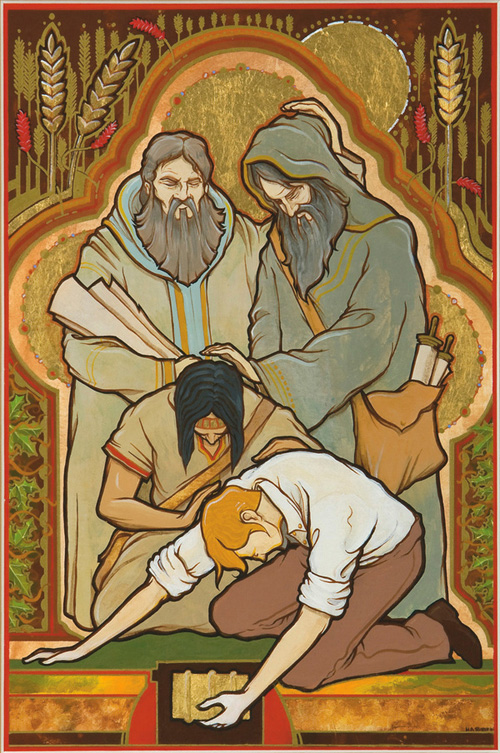
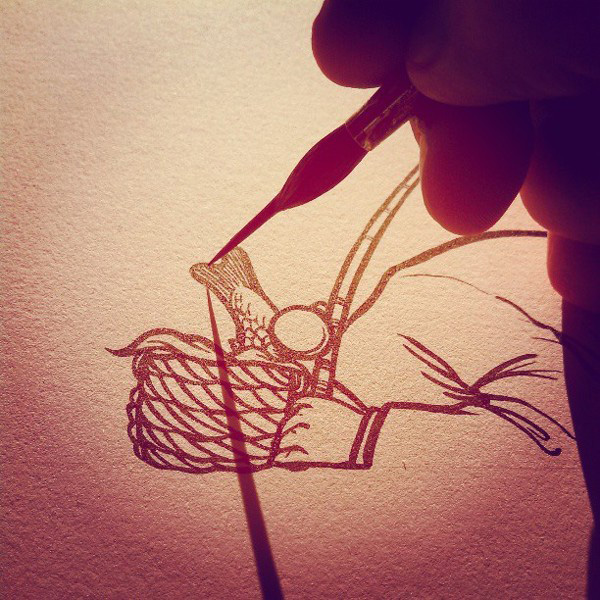
Your website shows great work done in ink. Is this your preferred medium? If so, what makes it your favorite?
Thank you! I’ve always had a weakness for line and so ink and I have become close friends. There’s something about the directness of it. The way it can create depth and movement without relying on anything other than contrast is wonderful to me. If I’m being honest, though, I’m incredibly jealous of a painter’s ability to master color and light, and I hope to study that more.
You also create digital art. Would you say digital art expands or reduces your possibilities as an artist? Why?
I think in technical terms it expands what the artist can do in a given amount of time. Color and composition can be edited so quickly with digital work that the artist can spend more time on other aspects of the work or in just producing a great volume of work. On the other hand, there’s a real sense of commitment in art creation when you can’t “undo” something. One of the reasons I work in pen in my sketchbook is that it forces me to commit to my line and my drawing. I think that process is really beneficial for any artist, so even if someone is focusing more on their digital work, I’d recommend taking the time to practice traditionally as well.
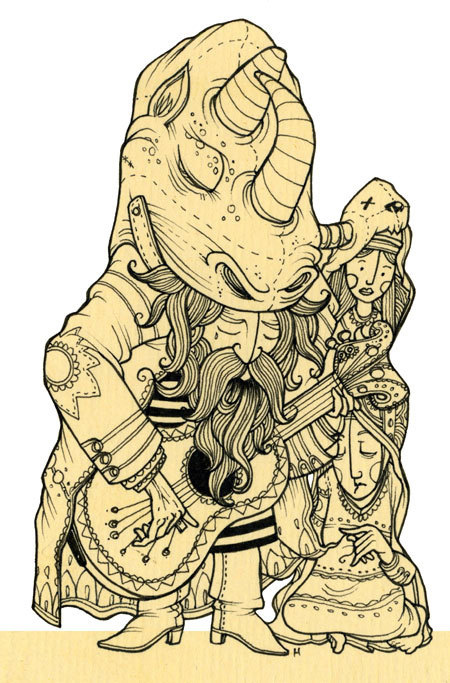

How did you find your style? Your drawings, especially those about the gospel, have your distinct touch. How did you find a way to represent familiar images for those who are LDS, but in such a unique way?
Through lots and lots and lots of drawing. I was never smart enough to learn the way other people created art, which didn’t help in my school experience, but I have pushed to try new things, new tools and techniques. I like to think I’ve taken the same approach to my faith-based art. While I’m a member of a large, well-organized church, I still feel that my faith and testimony are unique to me and reflective of my relationship to my Heavenly Father, so the art hopefully reflects that. I think a lot of people can connect with that concept and as a result we’re seeing more interesting and personal work by LDS artists than we’ve seen in the past. The work is becoming more conceptual and less institutional and it’s a change I’m thrilled to see.
Your work is also full of symbolism. What inspires you to include so much of it?
It’s amazing to me that cultures all over the world can independently arrive at similar meanings for the signs and symbols in the world around them. Symbols speak to the universality of the human family, which is a core principle of the gospel. The gospel, ancient and restored, is full of symbols, and I believe that’s because the messages have to be spread throughout time and culture. We teach and preach using symbols every day. So, including them in my work is an effort to break down barriers of communication. It’s also a great way to encourage thought and discovery in my viewers and I love to discuss what they have felt or thought as they’ve seen my conceptual work.
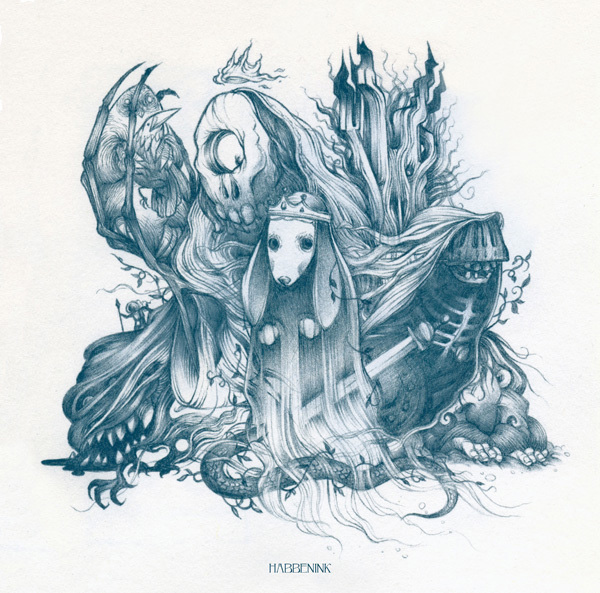
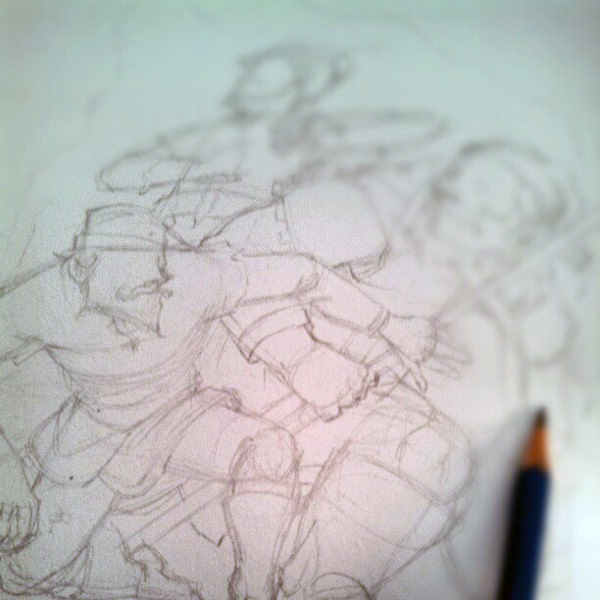
How do you prepare spiritually before working on a drawing?
If I’m working on something that’s meant to directly convey a gospel message, I always begin with prayer. During the work itself, I try to keep my environment conducive to the Spirit’s influence. My efforts there aren’t always perfect, but I do notice a difference in my focus and my work when I make the attempt. Creating the art is like anything else relating to the practice of the gospel. It doesn’t work to rush a quick repentant prayer before we take part in any ordinance. The real work of discipleship is done day to day and little by little. If we want to bring the Spirit into our work, I feel we need to develop daily habits—i.e., prayer, scripture study, etc.—and also work to create a work space where we can lessen the distractions and temptations of the world. Again, I’m still working on doing this consistently, but it’s a continual goal for my work and life.
How does the gospel influence your work?
In many ways, I think it both causes me to create certain themes just as much as it keeps me from approaching others. Although I’ve made some poor choices, in general I feel that my personal work and my commissions should be consistent with my personal morals and ethics. It doesn’t work for me to resist one temptation, but support someone else succumbing to it through my artwork. Also, the gospel gives me a deep thematic well to draw from and I’m able to combine my artistic efforts with my own growth within its teachings. It may not always seem that way, but hidden in the pages of my sketchbook is a continual representation of my evolving faith and understanding.
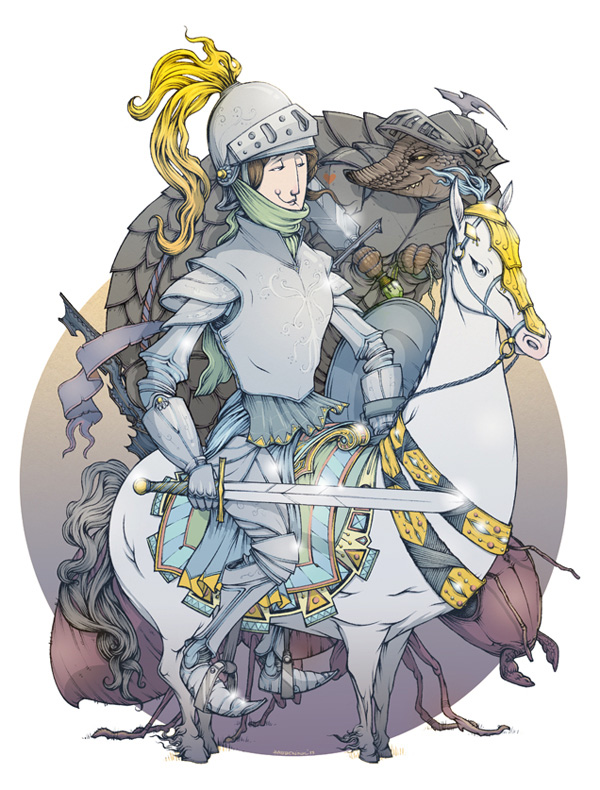

Tell us about your piece Be of Good Cheer.
That piece was my attempt to approach both the idea of faith and a specific example from the scriptures without actually drawing the Savior. I haven’t quite gotten to a point where I feel comfortable drawing Him yet. That may seem odd to say because so many depict Him beautifully, but for myself, I don’t quite feel ready yet stylistically. His reflection in the water is meant to depict that feeling a bit. He’s there, ever present and inviting, but at times difficult to make out as the storm is billowing and the waves are crashing. The bare feet of the apostle are meant to represent all of us, but for this image I flipped the perspective, so instead of the viewer seeing the feet as their own, they see the reflection of the Savior as their own. My hope is that we see this as a reminder that a testimony is a responsibility to, in effect, invite others out onto and into the water with our Redeemer.
How do you see your work helping build the kingdom?
I hope it does. When I work with the Church magazines, I try to be very aware that it will be seen by people all over the world who are looking for spiritual strength just like me. It may seem like a simple cartoon, but combined with the right moment, it could help someone in a time of need. In that way, I hope my work bears testimony to them and to anyone else who sees it.
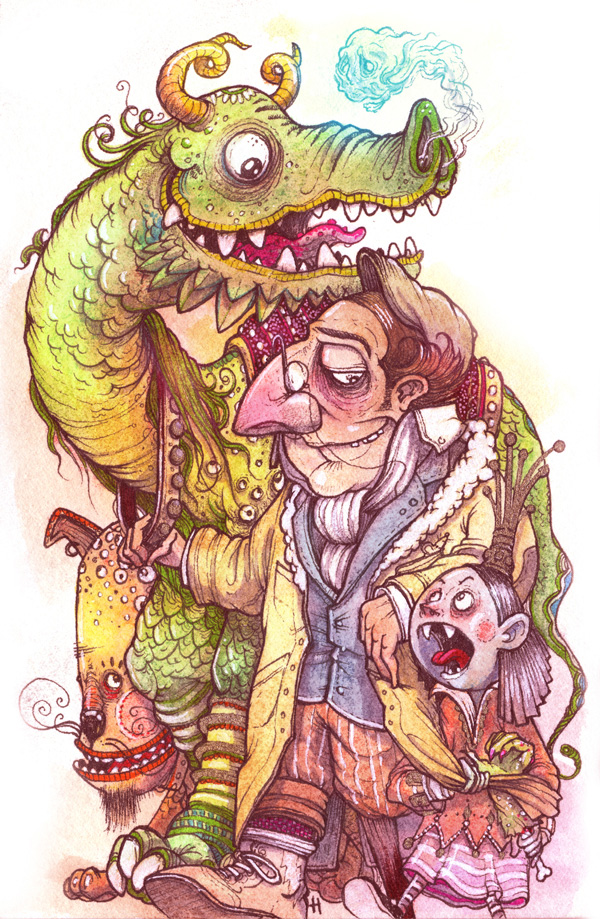
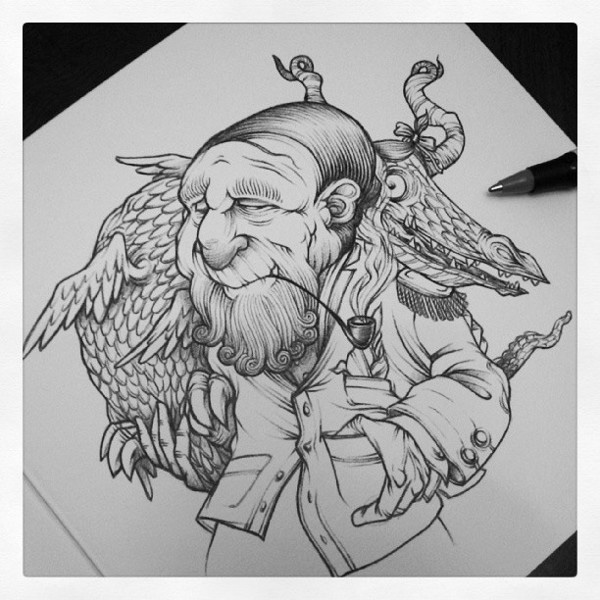
What are you currently working on?
I just wrapped up a couple of illustrations for the Ensign and New Era. I’m working on a poster for an upcoming documentary, and we just recently announced the release of a new snowboard with Rossignol that will be out this fall. I’m also working on a couple of fundraisers, including the donation of a hand-painted skateboard deck to a program to support skateboarders in Montana. I’m also hoping to publish a book (or two) this fall.
Where do you see your work taking you in the future?
That’s always the big question. I’d love to devote more time to creating fine art for a gallery setting and also develop more books for children.
Any advice for future artists out there?
Be true to yourself. All the money and fame in the world is a sad substitute for your integrity. Keep working and refining and graciously listen to constructive feedback. Remember the Source of your gift and use it accordingly. ❧
